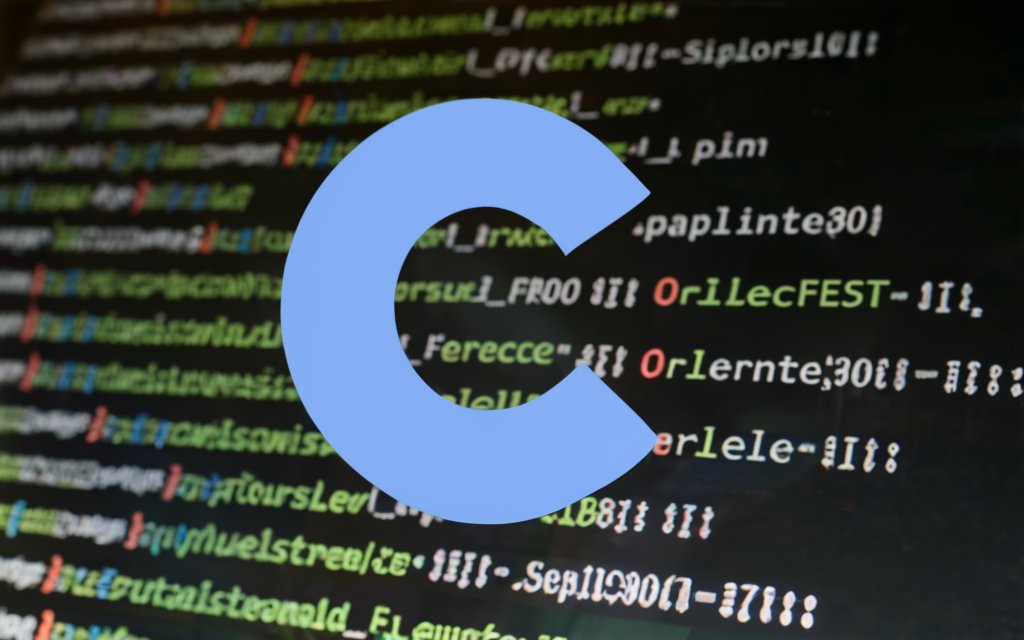
Array in C Definition, Syntax, Working, Advantages & disadvantages
C, a cornerstone of programming, offers powerful data structures like arrays to manage collections of data efficiently. This article delves into the world of C arrays, exploring their definition, syntax, working principles, and both their advantages and disadvantages, equipping you with a comprehensive understanding of this fundamental construct.
1. What is an Array in C?
An array in C is a fixed-size, ordered collection of elements of the same data type. Imagine a shelf organized with boxes, each holding a specific type of item. Similarly, an array stores values of a particular data type (like integers, characters, or structures) in contiguous memory locations, accessed through indexes starting from 0.
2. Array Syntax: Declaring and Initializing
Declaring an array involves specifying its name, data type, and size in square brackets. Here’s the basic syntax:
C
data_type array_name[size];
For example, declaring an array numbers of size 5 to hold integers would look like:
C
int numbers[5];
Arrays can be initialized with values during declaration or later using assignment statements. Here are some examples:
- Direct initialization:
C
int ages[3] = {25, 30, 20}; // Initializes with specific values
- Loop initialization:
C
for (int i = 0; i < 5; i++) {
numbers[i] = i * 2; // Initializes each element with twice its index
}
3. How Arrays Work: Memory and Access
C arrays occupy contiguous memory blocks. Each element within the array is accessed using its index, a non-negative integer starting from 0. For example, the second element in numbers[5] would be accessed as numbers[1].
Accessing elements beyond the defined size leads to undefined behavior and potential memory errors. Remember, arrays in C are fixed-size, and resizing them dynamically like other languages isn’t directly supported.
4. Advantages of Arrays
Arrays offer several benefits in C programming:
- Efficiency: Contiguous memory storage allows for efficient access and manipulation of elements using pointers and arithmetic operations.
- Organization: Arrays help organize data of the same type, making code cleaner and easier to understand.
- Reusability: Loops can easily iterate through arrays, performing operations on all elements efficiently.
- Built-in Functions: C provides numerous built-in functions for sorting, searching, and manipulating arrays, further enhancing their power.
5. Disadvantages of Arrays
While powerful, arrays in C also have some limitations:
- Fixed Size: Defining the size beforehand restricts flexibility and can lead to errors if the actual data quantity differs.
- Memory Management: Manually allocating and managing memory for arrays can be error-prone and requires careful handling.
- No Heterogeneity: All elements within an array must be of the same data type, limiting flexibility in storing diverse data.
- Multidimensional Complexity: Implementing multidimensional arrays requires careful memory management and indexing complexities.
6. Applications of Arrays in C
Arrays play a crucial role in various C programs, including:
- Numerical computations: Performing mathematical operations on large datasets (e.g., scientific calculations, simulations).
- Data structures: Arrays form the basis for complex data structures like linked lists, queues, and stacks.
- String manipulation: C strings are essentially character arrays, enabling processing and manipulation of text data.
- Graphics and image processing: Arrays store pixel data and color values for manipulating images and graphics.
7. Beyond the Basics: Advanced Array Techniques
C arrays offer numerous advanced techniques to enhance their capabilities:
- Pointers and array arithmetic: Pointers provide powerful ways to manipulate arrays and access elements efficiently.
- Multidimensional arrays: Arrays within arrays offer a way to represent and manage data with multiple dimensions (e.g., matrices).
- Dynamic memory allocation: Libraries like
mallocallow allocating memory for arrays dynamically, offering more flexibility but requiring careful management.
8. Conclusion: Mastering Arrays in C
Understanding and effectively using arrays is fundamental to mastering C programming. This article provided a comprehensive overview of C arrays, covering their definition, syntax, working principles, advantages, disadvantages, and practical applications. By delving deeper into advanced techniques and exploring your own creative uses, you can unlock the full potential of arrays and power your C programs to new heights.
Remember, practice makes perfect! Experiment with different array constructions and operations, and explore the vast world of C programming with confidence, wielding the power of arrays to craft efficient and robust solutions.




